Table of content
Shiitake mushrooms, revered for their rich umami flavor and meaty texture, are a staple in kitchens worldwide. Whether used in soups, stir-fries, or as a vegetarian protein substitute, these fungi demand proper storage to maintain their quality. Unlike other produce, shiitake mushrooms are delicate and prone to spoilage if stored incorrectly. This article delves into the science and practicality of preserving shiitake mushrooms, ensuring they retain their earthy aroma, firm texture, and nutritional benefits for weeks or even months.
Understanding Shiitake Mushrooms: A Brief Overview
Before diving into storage methods, it’s essential to grasp why shiitake mushrooms require special care. Native to East Asia, these mushrooms thrive in humid, temperate environments. Their porous structure and high moisture content (around 90% when fresh) make them susceptible to mold, bacterial growth, and rapid degradation. Unlike hardier vegetables like carrots or potatoes, shiitake mushrooms lack a protective skin, exposing their flesh to external elements. This biological trait necessitates a strategic approach to storage.
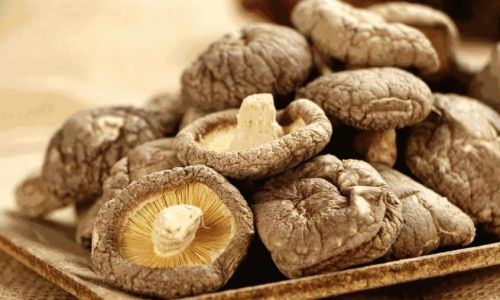
The Enemies of Freshness: Moisture, Air, and Light
Three factors primarily threaten shiitake mushrooms’ shelf life:
- Excess Moisture: While mushrooms grow in damp conditions, standing water accelerates decay.
- Oxygen Exposure: Air promotes oxidation, leading to sliminess and discoloration.
- Light and Heat: UV rays and warmth degrade nutrients and alter texture.
Combat these issues by creating a storage environment that balances humidity control, airflow restriction, and temperature regulation.
Storage Methods for Fresh Shiitake Mushrooms
Refrigeration: The Short-Term Solution
Step 1: Preparation
- Do Not Wash: Rinsing mushrooms introduces moisture. Instead, gently brush off dirt with a dry cloth or soft brush.
- Trim Stems: Remove the tough base of each stem, as it absorbs excess moisture.
Step 2: Packaging
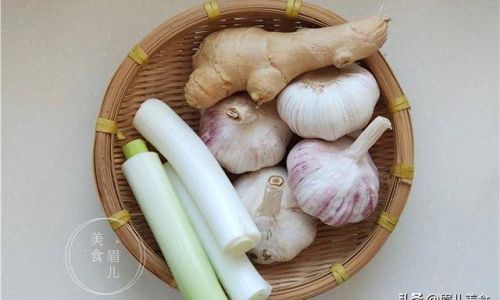
- Paper Bags Over Plastic: Place mushrooms in a breathable paper bag or wrap them in parchment paper. This allows ethylene gas (a ripening agent) to escape while retaining some humidity.
- Avoid Airtight Containers: Sealed plastic containers trap moisture, creating a breeding ground for bacteria.
Step 3: Placement
- Store in the main compartment of the refrigerator, not the crisper drawer (which is too humid).
- Keep mushrooms away from ethylene-producing fruits like apples or bananas.
Shelf Life: 7–10 days when stored at 34–38°F (1–3°C).
Freezing: Extending Shelf Life
Freezing halts enzymatic activity and microbial growth, preserving mushrooms for up to 12 months. However, texture changes are inevitable.
Method 1: Blanch and Freeze
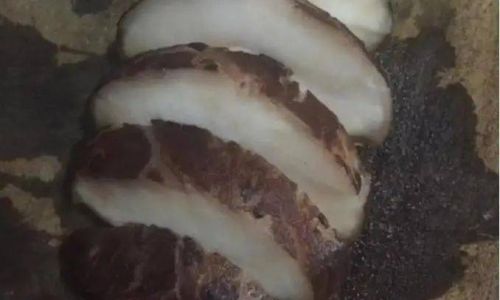
- Blanching: Submerge mushrooms in boiling water for 2–3 minutes, then immediately transfer to an ice bath. This destroys enzymes that cause spoilage.
- Dry Thoroughly: Pat with paper towels to remove excess moisture.
- Portion and Pack: Spread in a single layer on a baking sheet, freeze until solid, then transfer to airtight freezer bags.
Method 2: Sauté and Freeze
- Cook mushrooms in oil or butter until tender, then cool and freeze. This method retains flavor better than blanching.
Shelf Life: 6–12 months.
Drying: The Traditional Preservation Technique
Dried shiitake mushrooms boast an intense flavor and can be rehydrated for use in dishes.
Step 1: Preparation
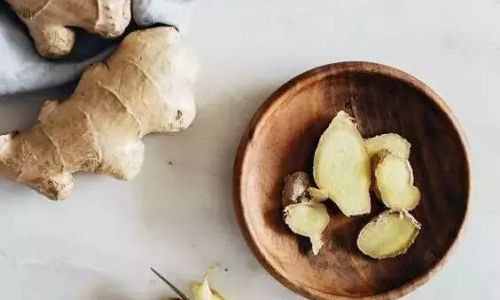
- Clean mushrooms and slice into uniform pieces (optional).
Step 2: Drying Methods
- Sun Drying: Place on a rack in a sunny, airy location for 2–3 days. Cover with cheesecloth to protect from insects.
- Oven Drying: Set the oven to the lowest temperature (150°F/65°C), place mushrooms on a baking sheet, and leave the door slightly ajar. Dry for 4–6 hours.
- Dehydrator: Use at 110–120°F (43–49°C) for 8–10 hours.
Step 3: Storage
- Store dried mushrooms in airtight glass jars in a cool, dark pantry. Add a silica gel packet to absorb residual moisture.
Shelf Life: 1–2 years when properly dried and stored.
Advanced Tips for Optimal Preservation
Humidity Control
- Use a refrigerator crisper drawer with adjustable humidity. Set it to low for mushrooms.
- Line the drawer with paper towels to absorb excess moisture.
Vacuum Sealing
- Remove air from packaging to prevent oxidation. Use vacuum-sealed bags for refrigerated or frozen mushrooms.
Herb Pairing
- Store mushrooms with a sprig of rosemary or thyme. These herbs absorb excess moisture while imparting subtle flavors.
Rotational System
- Label containers with storage dates and use the oldest mushrooms first (FIFO: First In, First Out).
Common Mistakes to Avoid
- Storing Unwashed Mushrooms in Plastic: Traps moisture and promotes slime.
- Ignoring Spoilage Signs: Discard mushrooms with dark spots, foul odors, or excessive shriveling.
- Freezing Without Blanching: Results in a mushy texture.
- Rehydrating Dried Mushrooms in Hot Water: Use lukewarm water to preserve flavor.
Rehydrating Dried Shiitake Mushrooms
- Soak in warm water for 15–20 minutes until pliable.
- Reserve the soaking liquid—it’s rich in umami and can be used as a broth base.
- Squeeze gently to remove excess water before cooking.
The Science Behind Storage: Why It Matters
Shiitake mushrooms contain polysaccharides like lentinan, which have anti-inflammatory and immune-boosting properties. Improper storage degrades these compounds, reducing nutritional value. Additionally, the enzyme polyphenol oxidase causes browning when mushrooms are exposed to air—a process slowed by refrigeration and blanching.
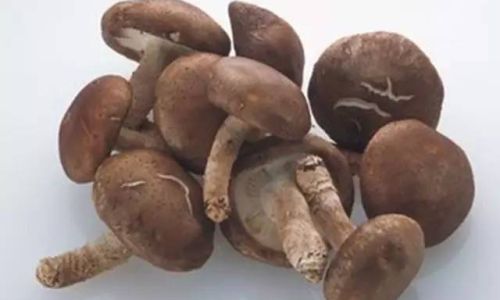
Culinary Applications of Stored Mushrooms
- Fresh: Ideal for sautés, omelets, and salads.
- Frozen: Perfect for soups, stews, and casseroles.
- Dried: Enhance broths, risottos, and marinades.
Conclusion: A Matter of Respect
Storing shiitake mushrooms is an act of culinary mindfulness. By understanding their biology and adapting storage methods accordingly, you honor the effort that goes into cultivating these delicate fungi. Whether you’re a home cook or a professional chef, mastering these techniques ensures that every dish featuring shiitake mushrooms bursts with flavor, texture, and nutrition. Experiment with the methods outlined here, and soon you’ll find that preserving shiitake mushrooms becomes second nature—a small but significant step toward elevating your kitchen prowess.

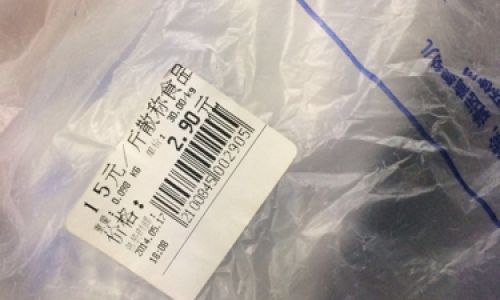
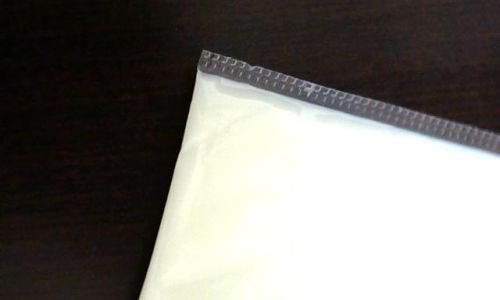

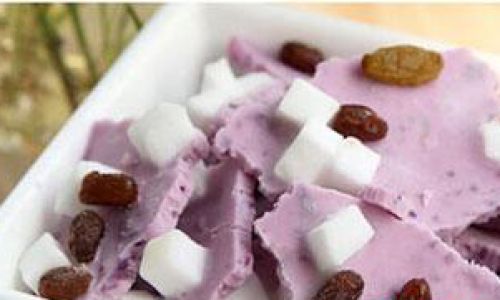

0 comments